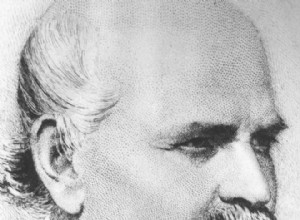I want you to take your time and think about what was the product that sold out at the beginning of the pandemic and that is still available everywhere. To help:I dont mean only in spaces, but also in your pocket or bag. The one for which bodies fell in supermarkets, which allows us to touch every




